Soyez le premier à commenter ce produit
En stock
SKU
BS210A
PRODUCT DETAILS
Red Ball Brussels sprout seeds produce plants with red foliage and sprouts, and the color really improves in cold weather and after frost. Yields on this 1m (39") tall variety are a bit lower, but the dark red sprouts are sweeter and thought to be more nutritious. Harvested from November to January here on the coast, it looks stunning when cooked and makes an interesting gourmet side dish. Try removing the buds and "unwrapping" them into individual leaves for an eye-catching and tasty side salad. Or serve them whole with a creamy white hollandaise sauce to take advantage of the contrasting colors.
- Matures in 120 days. (Open-pollinated seeds)
- Looks stunning when cooked
- Red foliage and sprouts
- Highly nutritious
- Open-pollinated seeds
- Matures in 120 days
All About Red Ball
Latin:
Brassica oleracea var. gemmifera. Family: BrassicaceaeSeason & Zone:
Season: Cool season. Exposure: Full-sunTiming:
The goal is to harvest mature sprouts after they have been kissed by frost. Seeds can be direct sown any time once the daytime temperature is steadily above 10°C (50°F). Otherwise, start the seeds in small pots or transplant beds and transplant into the garden so the plants are in the ground for 45-60 days before the first hard frost. Optimal soil temperature for germination: 10-30°C (50-85°F). Seeds should germinate in 7-10 days.Starting:
Sow 3-4 seeds per pot, 1cm (1/2”) deep, under very bright light. Thin to the strongest plant. Transplants should be set out when they have 6-8 true leaves. Space transplants 45-60cm (18-24″) apart in rows 75-90cm (30-36″) apart.Growing:
Ideal pH: 6.0-7.5. Plant in humus-rich soil amended with composted manure. Mix ¼ cup complete organic fertilizer into the soil under each transplant. High nitrogen levels result in loose sprouts with internal browning, so do not fertilize after midsummer. Cool temperatures during sprout development are important for compact, quality sprouts.Days to Maturity:
From transplant date.Harvest:
Sprouts are sweeter after moderate freezes. Pick when sprouts are firm and well-formed, beginning with the ones at the bottom. The upper sprouts continue to form and enlarge as the bottom ones are harvested. For a once-over harvest, to ensure you have enough for your holiday meal, pinch out the growing point at the top of the stem when the lower sprouts are 1-2 cm (½-¾”) in diameter. A full stem of evenly sized sprouts will develop in about 2 weeks. After harvesting the sprouts, there may be another harvest in early spring where winters are mild. The plant sends up long, edible flower stalks which are tender and sweet when steamed, or served raw with a dip.Seed Info:
In optimum conditions, at least 80% of seeds will sprout. Usual seed life: 3 years. Per 100′ row: 170 seeds, per acre: 30M seeds.Diseases & Pests:
- Slugs and snails – Slugs are attracted to beer, so place a little beer in a cup dug into the ground. Sprinkle broken eggshells around plants to deter slugs and snails.
- Cabbage aphids – A hard stream of water can be used to remove aphids from plants. Wash off with water as needed early in the day. Check for evidence of natural enemies such as grey-brown or bloated parasitized aphids and the presence of larvae of lady beetles and lacewings.
- Cabbage root maggot – White maggot larvae feed on roots of plants. Damage causes wilting early on, and the death of plants later on.
- Flea Beetles – Use row covers to help protect plants from early damage. Put in place at planting and remove before temperatures get too hot in midsummer. Control weeds. Nematodes feed on the larvae of these pests.
- Cutworms – Control weeds. Cardboard collars around each plant give good protection.
- Cabbageworms – Hand-pick and destroy. Row covers may be useful on small plantings to help protect plants from early damage. Put in place at planting and remove before temperatures get too hot in midsummer.
- Clubroot: If soil is infested, add lime to raise pH of soil to 7.2. Locate plants in a part of the garden different from previous year’s location. If that is not possible, remove infested soil and replace with fresh soil. Start seeds in sterile potting mix or fresh ground. Remove and discard or destroy infested plants along with the surrounding soil and soil clinging to roots.
Companion Planting:
All Brassicas benefit from chamomile, dill, mint, rosemary, and sage. Avoid planting near eggplants, peppers, potatoes, or tomatoes.
| Marque | West Coast Seeds |
|---|---|
| Numéro de Pièce du Fabricant | BS210A |
| UPC | 687704006073 |
| Famille | Choux de Bruxelles |
| Jours avant la maturité | 120 |
| Certifié biologique | Non |
| Héritage | Non |
| Pollinisation Libre | Oui |
| Hybride | Non |
| Options d’Emballage | Pack A |
| Langue du paquet | Anglais |
| Type de Expédition | Graines |
Customer Questions
Avis des clients
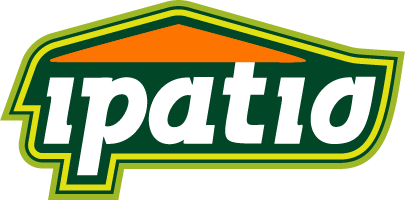



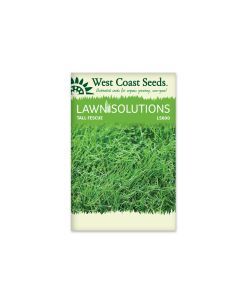



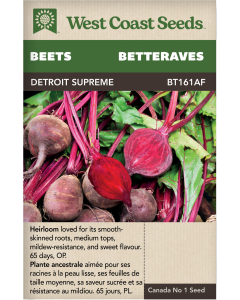
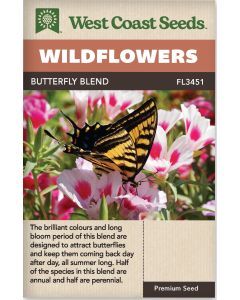

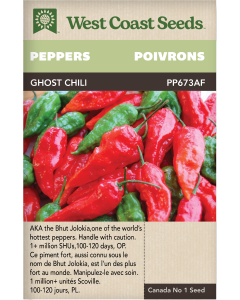


Login and Registration Form